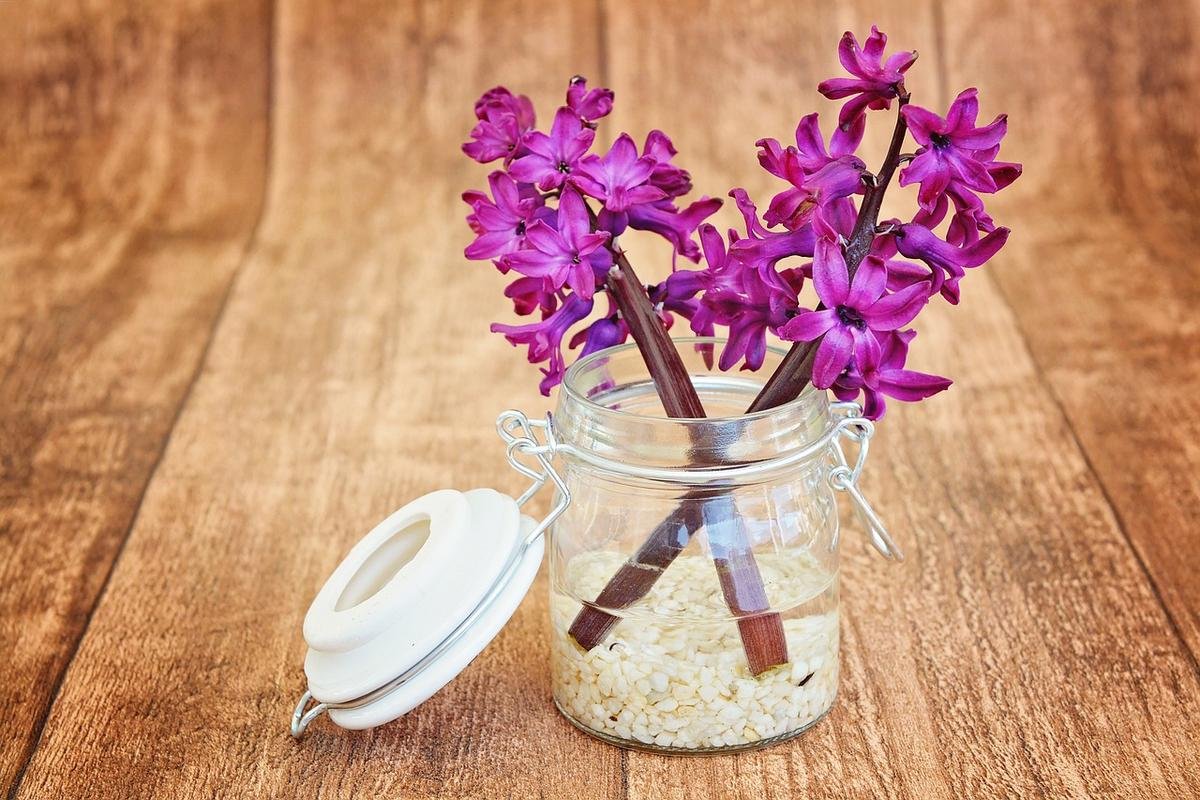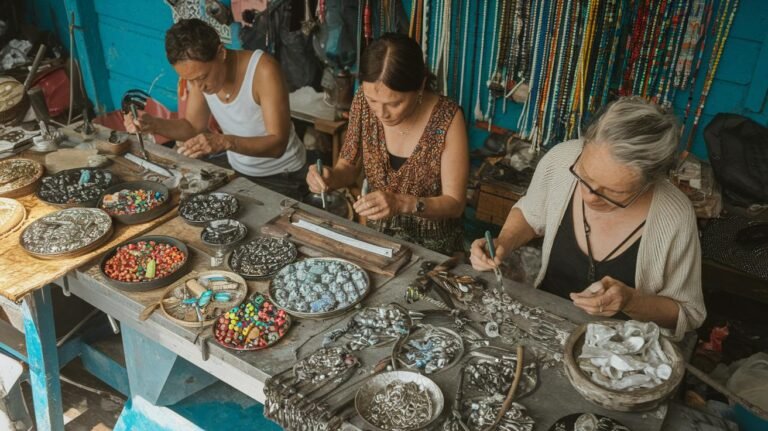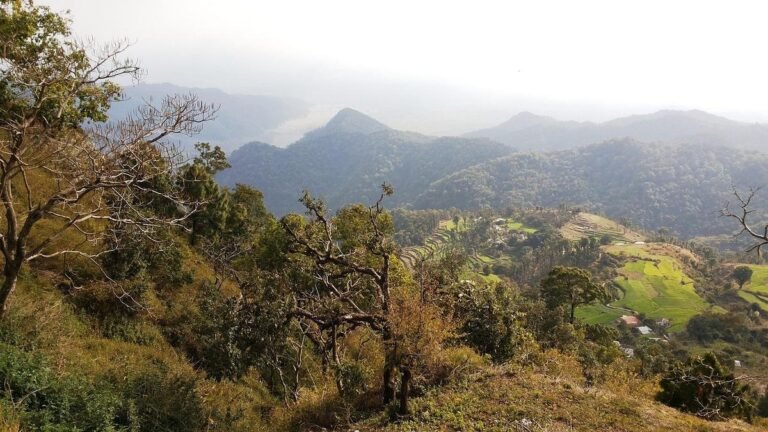Cempaka Fragrance Shapes Daily Rituals and Welcomes Visitors to Sibang Kaja Village
Morning in Sibang Kaja Village comes alive with the scent of cempaka blooms. These trees stretch throughout the settlement, offering a cool, sweet aroma that defines the daily routine. Locals wake to this scent, which brings calm and focus. Morning light filters through the cempaka canopy, casting dappled shadows on winding pathways.
In Balinese Hindu ceremonies, petals from these blossoms form the heart of canang sari offerings, tokens of purity and thanks presented to the deities. Parked beside shrines or carried through temple grounds, these trays of flowers express devotion and respect. Each tray of white and yellow petals is arranged on a banana leaf base, reflecting a color code that carries symbolic meaning.
Village residents plant new shoots, trim branches, and monitor soil health. Many families set aside days to trim branches and gather fallen petals. Some families track growth cycles, noting that blossoming peaks in the rainy season.
Gardeners at local homes and temple sites watch over their cempaka trees, believing they safeguard both heritage and the environment. Their efforts aim to sustain these ornamental natives for years to come. Care also includes monitoring nearby fruit trees to protect bird species that help pollinate the cempaka blooms.
Tourists arrive in small groups at sunrise, pausing under the low-hanging branches to breathe in the fragrance. Some leave with small bundles of cut flowers or pressed petals to carry a piece of Sibang Kaja home. Tour groups often hire local guides who share stories of the village’s past and the flowers’ link to ancestral customs.
At the core of the village, Pura Puseh stands as a tribute to Lord Vishnu, known here as the universe’s protector. This sacred structure serves as a central gathering spot for key ceremonies marking life events and seasonal holidays. Though modest in scale, the temple can host several hundred worshippers during major festivals.
Monumental gates flank the entrance, each panel carved with figures drawn from Hindu mythology. Red brick walls rise behind those gates, punctuated by stone reliefs and guardians wrought in volcanic rock. Moss and lichen form natural accents on the stone, blending the man-made with the natural world.
Lined with cempaka trees, the temple courtyard fills with drifting petals and a gentle scent that echoes through the prayer halls. Worshippers pause at each shrine, eyes closed beneath the eaves, inhaling the aroma as part of their ritual. At prayer times, the air vibrates gently with incense smoke curling around stone carvings.
Visitors often sit on the carved stone steps, absorbing the peaceful mood before joining in rites or simply taking a moment of quiet. Silence settles in the open spaces as the sun climbs, turning shadows long and cooling the air.
Across narrow roads and rice paddies, the village blends folk tradition with an eye on sustainability. Local farmers tend to small plots planted with vegetables and spices, choosing natural fertilizers and crop rotations that help keep the soil rich. Farmers swap seeds and harvesting tips at community markets held beside water channels.
Craft groups hold weekly workshops on offering construction and traditional dances. Outfits embroidered with gold thread move in time to drums and gongs beneath open-air pavilions.
Residents welcome visitors to build a canang sari under expert guidance, learn a basic Balinese dance step, or sample dishes like lawar and sambal matah at family-run warungs. Those shared moments build bridges between cultures and spark friendships.
The village leader, Bendesa Adat Sibang Kaja, highlights youth engagement with a clear mission. He said, "Iraga sareng sami dados program yowana sane mawinan ngajegang adat miwah budaya" (“Together, we create youth programs to uphold traditions and culture”).
A series of youth-led cultural arts courses, including gamelan music and dance sessions, keeps each generation connected to their roots. Weekend teams design ceremonial trays, practice temple tasks, and plan community drives that benefit elders and the environment. These sessions provide hands-on experience in weaving palm leaf trays and arranging intricate flower patterns under the guidance of village elders.
Those activities feed a sense of pride and solidarity, sustaining traditions amid regional modernization. Villagers expect future generations to carry every custom forward, holding fast to their identity as custodians of culture and nature.







